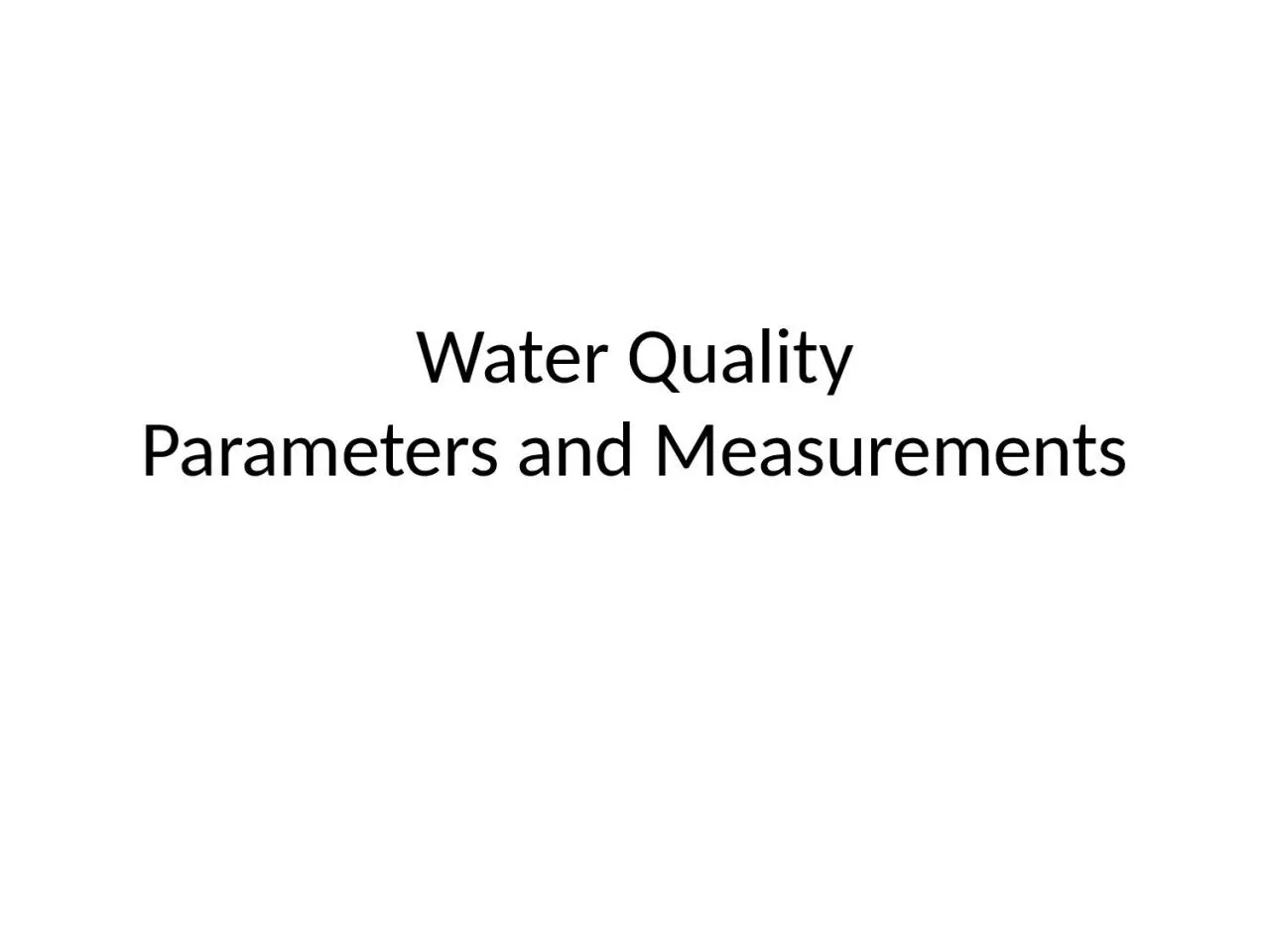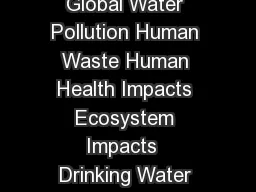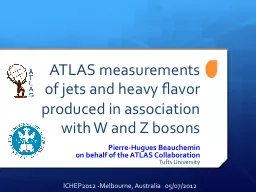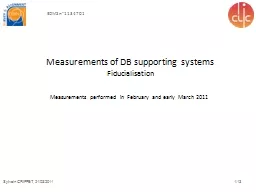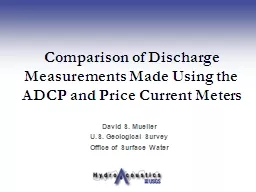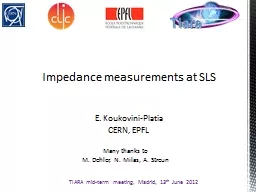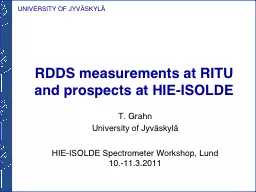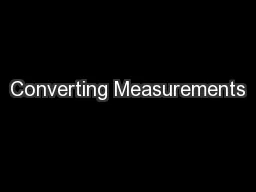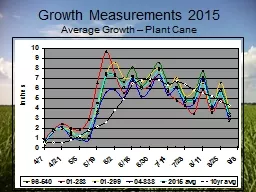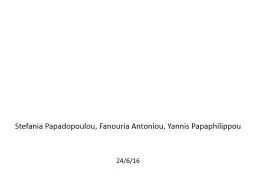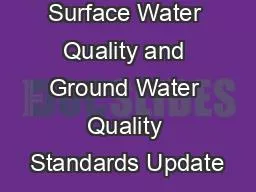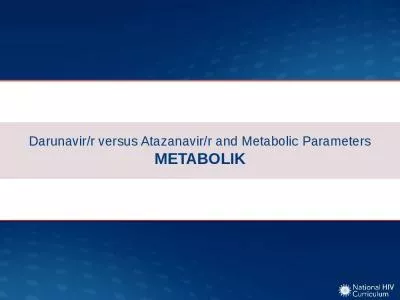PPT-Water Quality Parameters and Measurements
Author : christina | Published Date : 2023-09-26
Water Quality Parameters Physical Water Quality Turbidity Total Solids TS and Suspended Solids SS Colour Chemical Water Quality Hydrogen Ion Concentration and
Presentation Embed Code
Download Presentation
Download Presentation The PPT/PDF document "Water Quality Parameters and Measurement..." is the property of its rightful owner. Permission is granted to download and print the materials on this website for personal, non-commercial use only, and to display it on your personal computer provided you do not modify the materials and that you retain all copyright notices contained in the materials. By downloading content from our website, you accept the terms of this agreement.
Water Quality Parameters and Measurements: Transcript
Download Rules Of Document
"Water Quality Parameters and Measurements"The content belongs to its owner. You may download and print it for personal use, without modification, and keep all copyright notices. By downloading, you agree to these terms.
Related Documents

